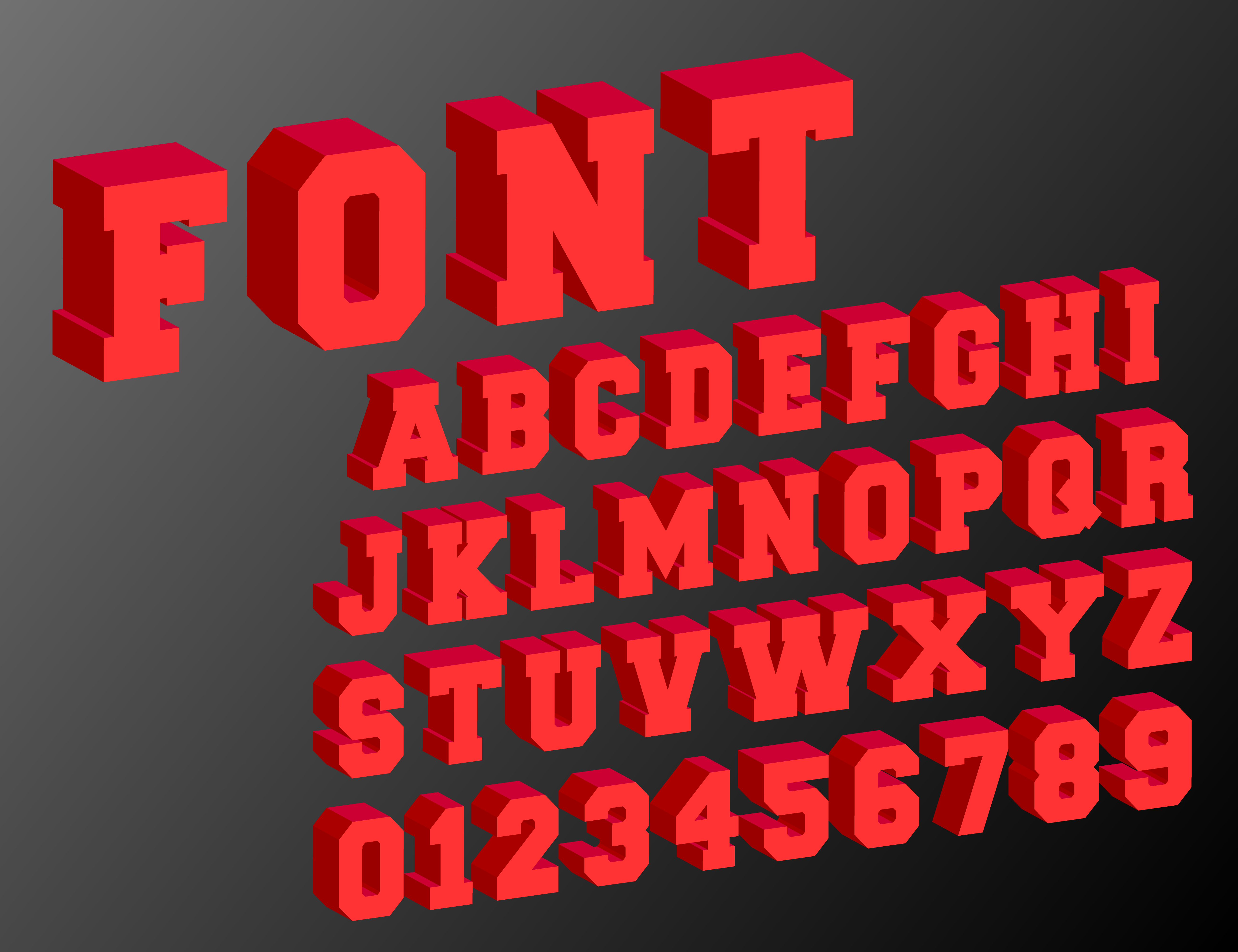

Even if your letter is short, don’t use a large font size to increase the space it takes up on the page – this will look unprofessional. You should use a simple, standard font such as Arial or Times New Roman for business letters, and a font size of 10-12 pt (depending on the font). Here are four more points to take into consideration:ġ.
Letter fonts how to#
If you’re not sure how your letter should be laid out, check Daily Writing Tips’ guidelines on How to Format a US Business Letter and How to Format a UK Business Letter.Ī quick tip if you’re still struggling about layout: look through your correspondence, find a business letter (ideally one from the company that you’re writing to), and use their format as a model. The standard format of a business letter varies from country to country, and standards often aren’t set in stone. I’ll cover business letters first, then mention some tips for personal letters too. You might want to bookmark this page so that you can refer back to it when you need it! I’ll offer general and specific advice which should help you if you’re at a loss for words or unsure how to structure a letter. In this article, I’ll take you through the common types of letters that you’re likely to need to write at some point. Most of us will write many letters during our business life: perhaps including a covering letter to accompany our resume, a letter to be sent to clients, or a thank you letter after an interview or other opportunity. Before the telephone and the Internet, sending a letter (by messenger, and later by post) was the only way to communicate with someone who was geographically distant.Įven with all our modern technology, letters haven’t become obsolete. But alas, not all fonts embrace the Scandi alphabet with it’s å, æ and ø possibilities (I’m looking at you Governor).People have been writing letters for centuries. Consequently, there are certain fonts that capture the Scandinavian personality: clean, functional, beautiful, quirky as hell. There is a personality in every typeface. Lately, Brandon Grotesque has become the hit sensation and we’re loving it!įonts are a way to personify our words, giving even the most mundane text a layer of visual meaning. Danish hairdressers and locksmiths across the country have united in using white Broadway on black background on every sign (and I have no idea why). Indian restaurant menus favor Trajan Pro. Frutiger is used in almost every airport.

These were exciting times for an 11-year-old.Īs I grew up, the font patterns emerged. As much as I like Matisse ITC, I didn’t want my teachers to think I was an anarchist.


Soon afterwards, I joyfully upgraded from Office 95 fonts to the seemingly endless possibilities of Office 97. The labels on my school books were the height of avant-guarde cool thanks to Wingdings 3.0. My first love was Dom Casual when it eased my through my first poetry recital. Typography was something that I noticed from a young age. “More than life” is the somewhat concerning evaluation of my sister when I asked her if I actually did love typographical design quite that much. But as much as I try to pretend that I don’t drool over a nice slab serif, it’s time to face facts: I am one of those people. I honestly couldn’t imagine putting together a more pretentious article than: “My favourite minimalist fonts”.



 0 kommentar(er)
0 kommentar(er)
